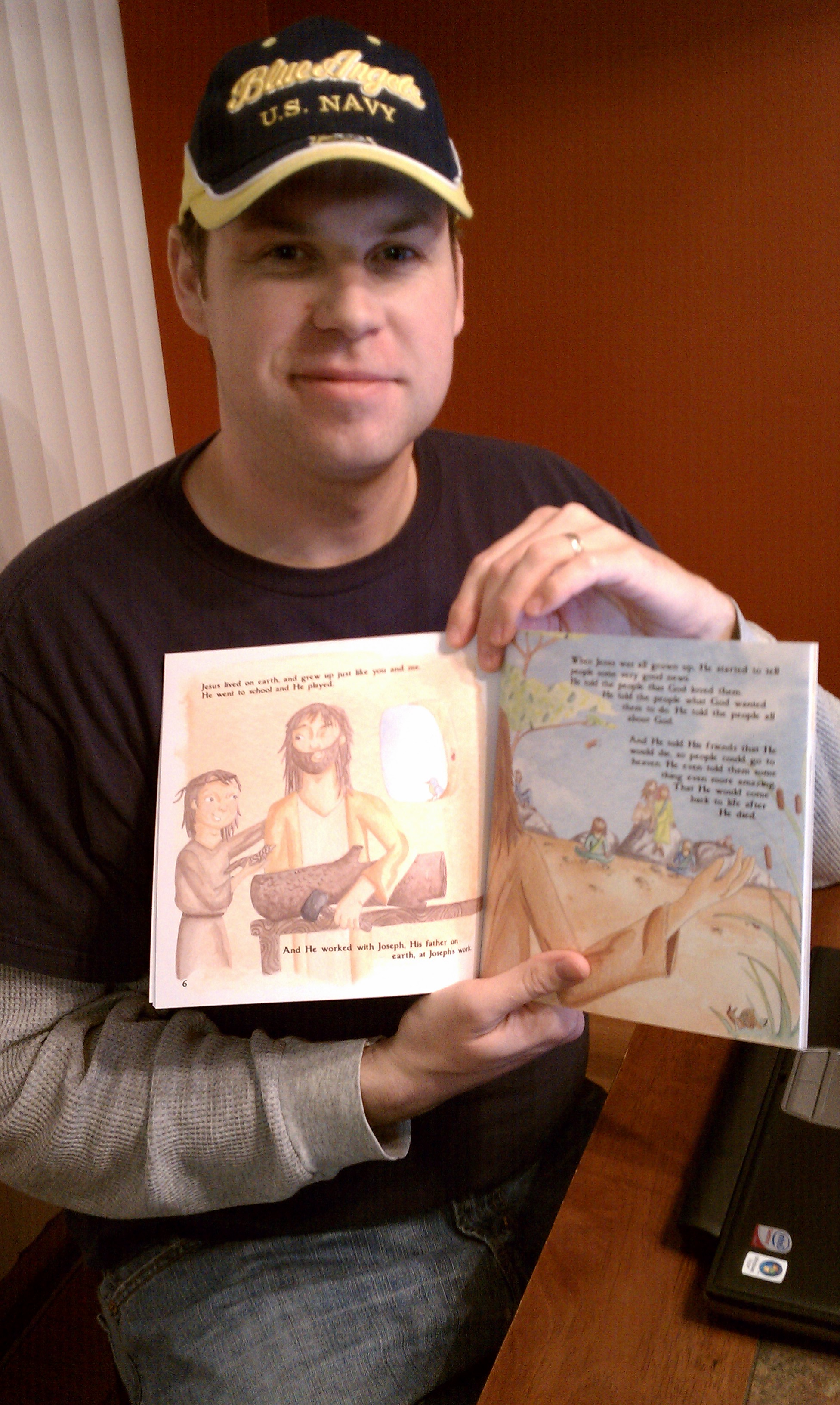

As always, the first thing I did this morning was browse headlines from around the world, and on BBC News I ran across a story I had first seen a few days ago in the Wall Street Journal, but with a new spin.
One that I would call deceptive at a minimum.
The news is about e-books, a topic that I am intimately familiar with since I am an author and I run a publishing company, Dunrobin Publishing. The news in a nutshell is the Department of Justice is investigating a few major publishing houses and Apple to see if they are doing anything wrong in how they price e-books.
As you may have noticed, new releases on e-book in recent months have gone up significantly in price, with some e-books being priced very similar to print books.
And the individual quoted in the article, Benedict Evans, an analyst at Enders Analysis, claims the investigation is baseless, as the DOJ just doesn’t understand how much book production costs, even e-book production, claiming the printing costs are a small fraction of the total outlay required to produce a book.
Mr. Evans clearly doesn’t know what he is talking about.
Allow me to explain, as someone who is a published author since 2005 and who now runs a publishing house.
Let’s say I release a new 400-page printed book. The retail price is $14.99. You pay $14.99. From there, here’s the math.
The seller bought the book at wholesale price of 50-55% off the retail price. In this case, let’s say $7.50. Then you have printing costs, distribution costs, and shipping costs totaling $5-6, let’s say $5.50 for our example. Then the publisher pays the royalty to the author, let’s say $1 per book. That totals $14 of the $14.99 price paid out. From that remaining $0.99, the publisher has to recoup over time what it cost him to produce the cover graphics, edit the book, and market the book.
Now, let’s look at the costs involved with an e-book. Regardless of the price you sell it at, for the most part, the distributor gets 30% and the publisher gets 70%. From that the publisher has to pay for the print cost, oh wait, no print costs. The distribution costs? Nope, that’s covered in the 30% paid to the distributor. Shipping? No, no shipping. All the publisher has to cover is the $1 royalty to the author, and then the marketing, the graphics and the editing that in the print model he had $0.99 to cover.
Now, let’s insert actual pricing into the model. Under current models, the $14.99 print paperback is probably being priced at $9.99-12.99 in e-book format. Let’s split the difference and say this e-book is listed for $11.50. From that, the distributor receives $3.45. The author receives $1. The publisher receives $7.05!
That’s right, under the print model, the publisher receives $0.99 to cover marketing, editing and design. Under the e-book model, in this scenario, he receives $7.05.
As I said, the “expert” quoted in the article doesn’t quite know what he is talking about. Nothing wrong with charging more, as people can decide whether they want to pay it or not, but don’t give me some sob story about how much the e-books are hurting the publishing companies. Where these big, monolithic old-fashioned shops get hurt is in their heavy investment in printing, distribution, bookstore display rental etc. With the e-book, the need for that entire infrastructure disappears.
I use a different model. I only charge $2.99 for all my e-books, so the profit margin for print and e-books is very similar. I also pay a much higher royalty rate to my authors. This encourages high-quality authors who want good compensation for their books to come my way, it forces me to stay nimble and thrifty in my production costs, and it makes the publishing process a very collaborative process between me and my authors, since their profit and my profit are intricately linked together. We either both succeed, or we both fail.
Paradigms shift. And industries change. And those who don’t adjust, such as Borders in the case of bookstores, shut down. Others, who do anticipate correctly, such as Amazon, thrive.
I have no problem with big publishing houses charging more for their e-books. Just don’t lie about why.
Very interesting, Mark. It’s fun to watch how the epub revolution is blowing the lid off traditional book making and buying. I just completed my book ATTIC JUICE and am seriously thinking about going the indie route, and not even bother with submitting it to the big guys.
Good blog, very encouraging. The math seems to be swinging in the writers’ favor.
Very interesting, Mark. It’s fun to watch how the epub revolution is blowing the lid off traditional book making and buying. I just completed my book ATTIC JUICE and am seriously thinking about going the indie route, and not even bother with submitting it to the big guys.
Good blog, very encouraging. The math seems to be swinging in the writers’ favor.